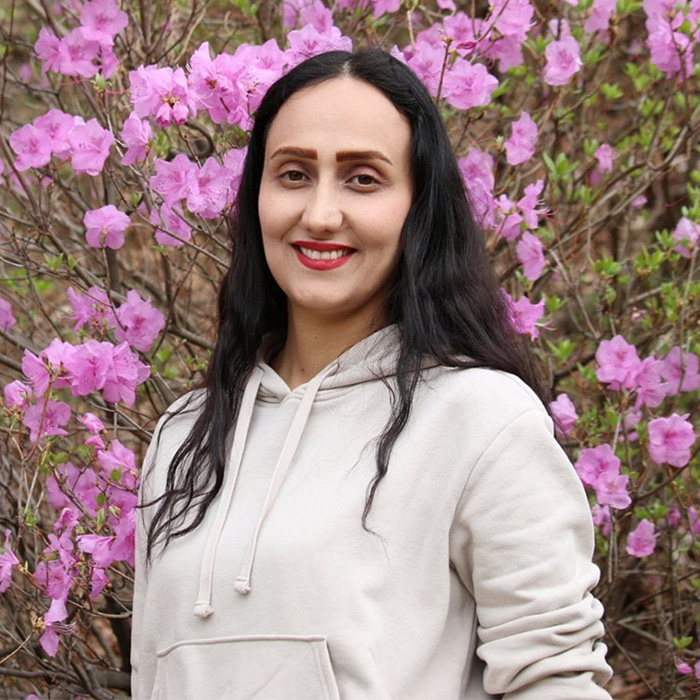
Fatemeh Yavartanoo
PhD Candidate
Seoul National University
I successfully received my Ph.D. degree in August 2021, under the direction of Professor Thomas Kang, in Architecture and Architectural Engineering Department of Seoul National University (South Korea). My Ph.D. research is preservation historical structures and evaluating their behavior under seismic loads before and after applying retrofits. Currently, I am a Senior Researcher in the Department of Landscape Architecture at Seoul National University. I am leading two different projects, including the development of optimized models for the seismic design of buildings based on deep learning associated with bio-inspired and also the performance assessment of protection barriers subjected to running animals. I was a Researcher at Smart and Sustainable Environment Laboratory-KAIST University in 2015, where I wrote several reports on classes and seminars. I hold a BS degree in science (Physics) and master degree in Architecture.
Preservation and Rehabilitation of Historical Un einforced Masonry Structures
Historical structures constitute the most significant part of the cultural, architectural, and historical values of past peoples . he main defects are Many of these cultural heritage buildings have been severely damaged by past earthquakes or other natural disasters. T related to moderate shear strength, and low high specific mass, low tensile strength, low to ductility. S eismic behavior of masonry buildings highly depends on the material properties, geometry, configuration, foundation strength, etc. These features may cause them to be connections, vulnerable to a sudden movement whic h can be terminated by the partial or entire collapse of the structure. Therefore, preservation of concern for this type of structure is an interesting topic and the engineering community. This dissertation deals with of great a detailed arc hitectural and structural characterization of different types of unreinforced masonry (URM) walls as the most important structural element and explains their typical damage caused by seismic loads. Then, several retrofitting methods , including their advanta ges and shortcomings , were investigated to choose an appropriate method for analytical studies. Among all types of URM walls, the dry stack stone masonry wall was selected ,and its behavior under monotonic and cyclic loads was evaluated using finite element method . Regarding the results of numerical analysis and failure modes observed in the models, an appropriate retrofitting method was determined . The results obtained by this study led to a deeper understanding of the seismic behavior of URM walls and how it can be enhanced by a proper retrofit technique.